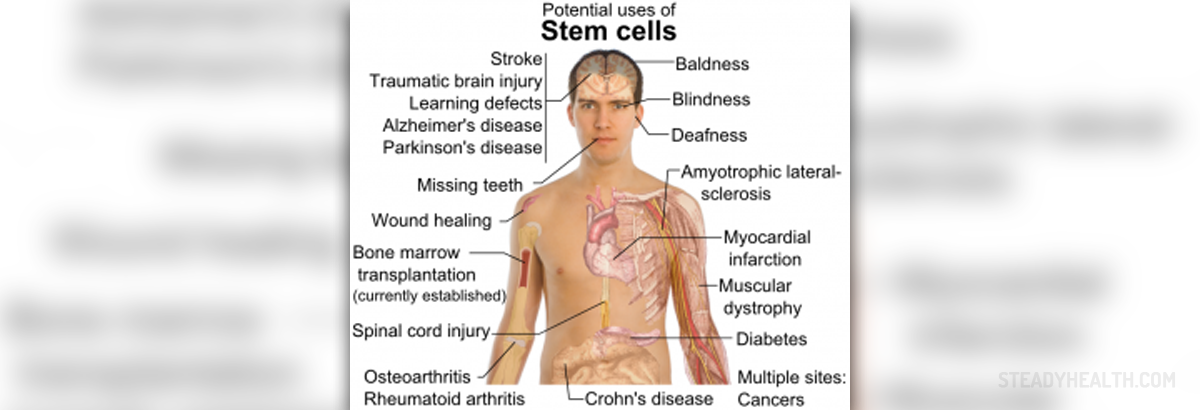
Embryonic and Adult Stem Cells
Stem cells have become subject of many talks these days, andthey are for sure the most publicized scientific discovery at the moment. All talksabout stem cells are followed with controversy, and many people question ethicalissues of stem cell harvesting. Many scientists and doctors believe that thesecells are the future of medicine, and they have high hopes in potentialusage and the efficacy of stem cells.
Stem cells are actually so-called master cells, and they candifferentiate to almost all tissues of the body. Every person has stem cells inthe body, and they are released naturally from the bone marrow all our life.However, the process is much faster when we are young and as we get older it startsto slow down. Stem cells are released into the blood and if there are notenough of them, our body can’t repair and renew in the same way when the personwas young.
The aging and slowing down of the stem cell release can bereversed. Physical activity is important for overall health, as we all know,and regular exercise is one of the best ways that could affect repair of thehuman body. Proper breathing will ensure sufficient amount of oxygen in theblood and all tissues of the body, and proper nutrition ensures all needed nutrientsto nourish the body. Plenty of water is also high on the list, because our bodyneeds it to be able to function properly and expel accumulated toxins out. Then,there are products known as stem cell enhancers. Many believe that theseproducts will be as important as the antioxidants these days.
Embryonic stem cells are originally from embryos and theyhaven’t developed into some specific types of cells yet. Adult stem cells arethose taken after the birth, which means that every newborn baby already hasadult stem cells.
Usage of Stem Cells
Stem cells are able to rebuild the human and positivelyaffect human health, and for these effects they have been used as treatments forleukemia, multiple sclerosis (MS), Alzheimer’s disease (AD) and AIDS. They canalso be used to grow new corneas for blind people, or new cartilage whenneeded, and they are found to be very useful in patients suffering from heartdamage after heart attacks or strokes.
Clinical trials show success in treating people sufferingfrom Parkinson’s disease or spinal cord injuries with stem cells, and some newtrials about the effects of stem cells in juvenile diabetes are about to start.



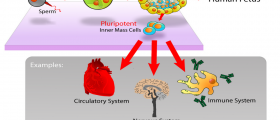
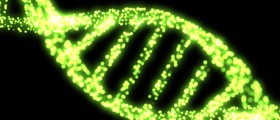

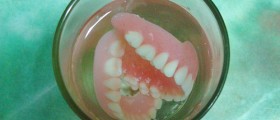
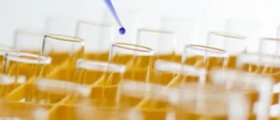
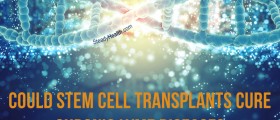



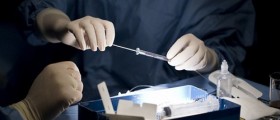
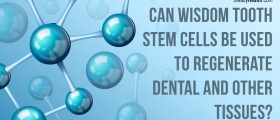

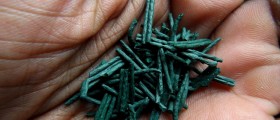
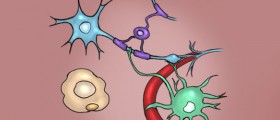
Your thoughts on this
Loading...